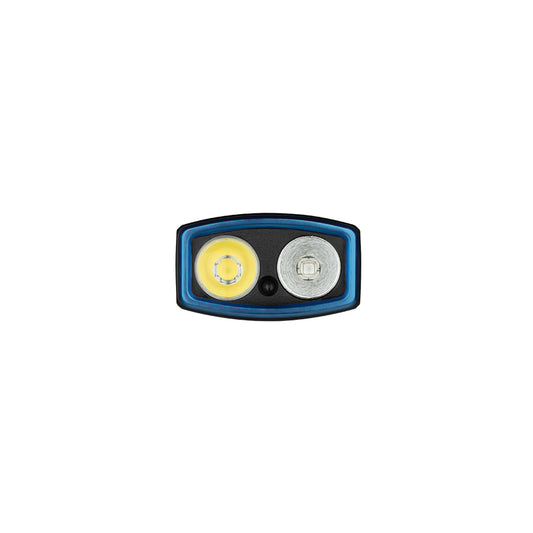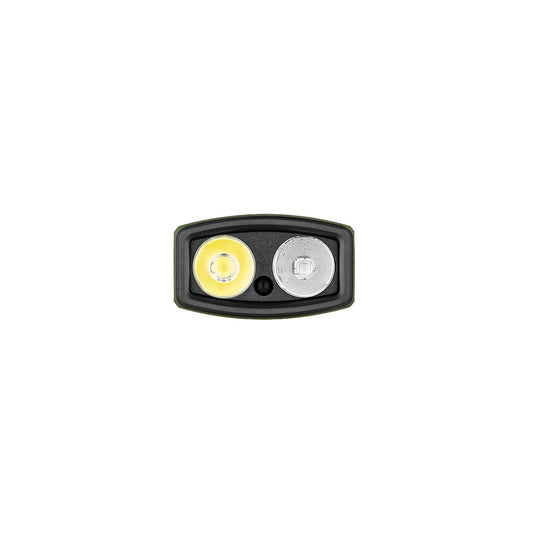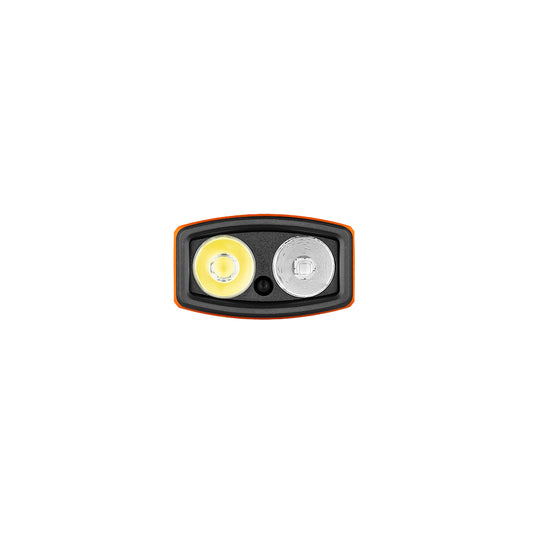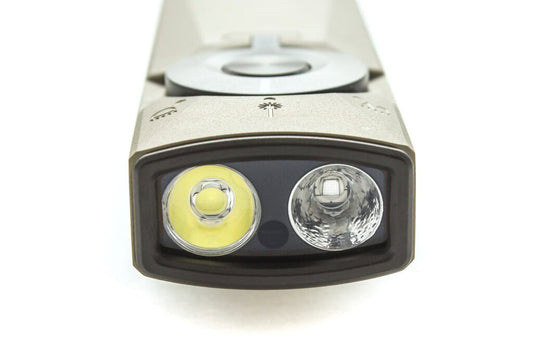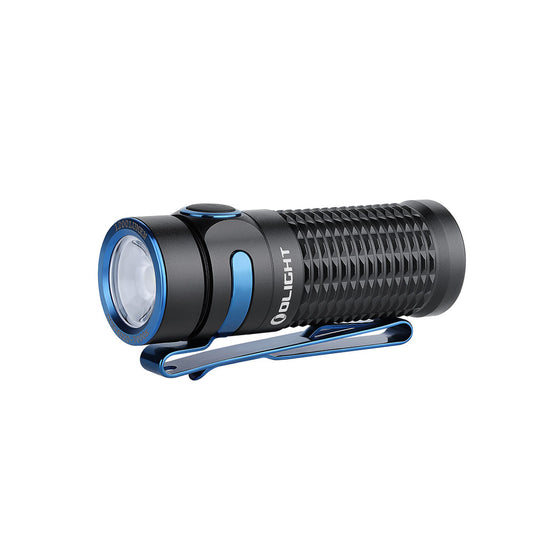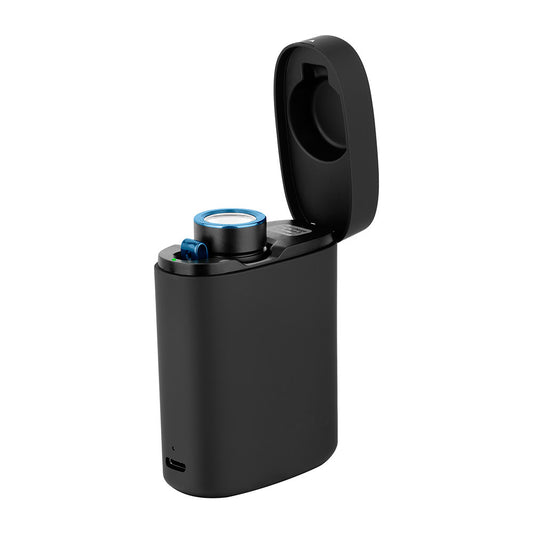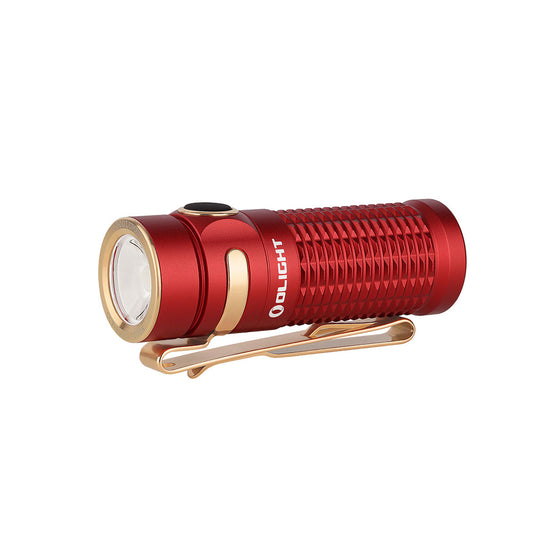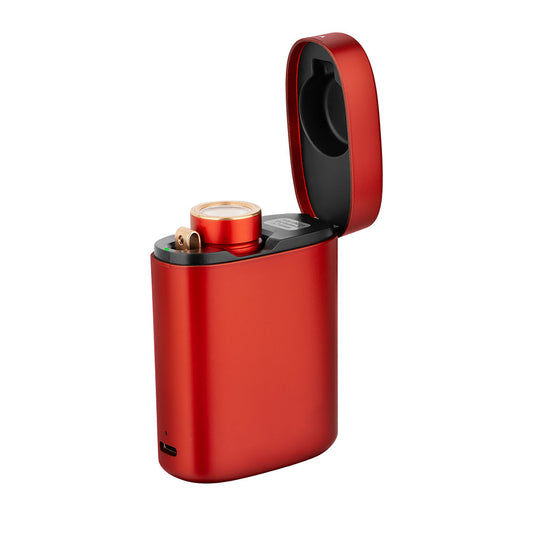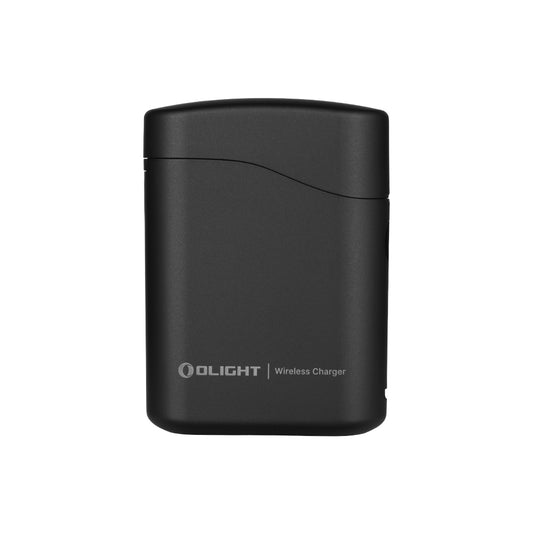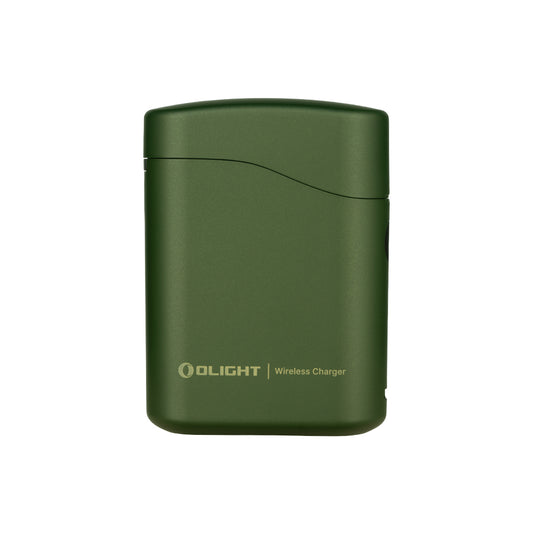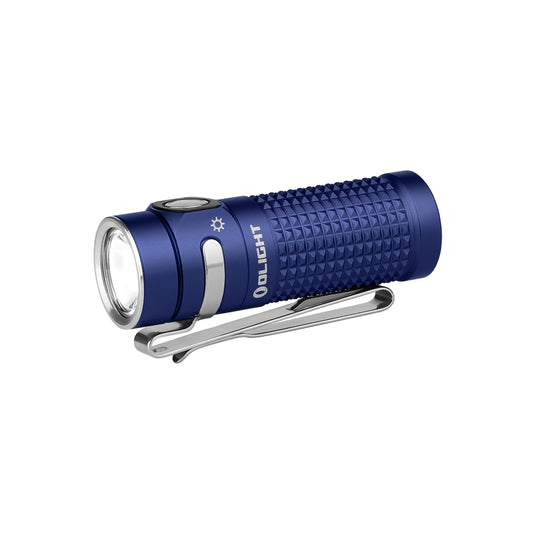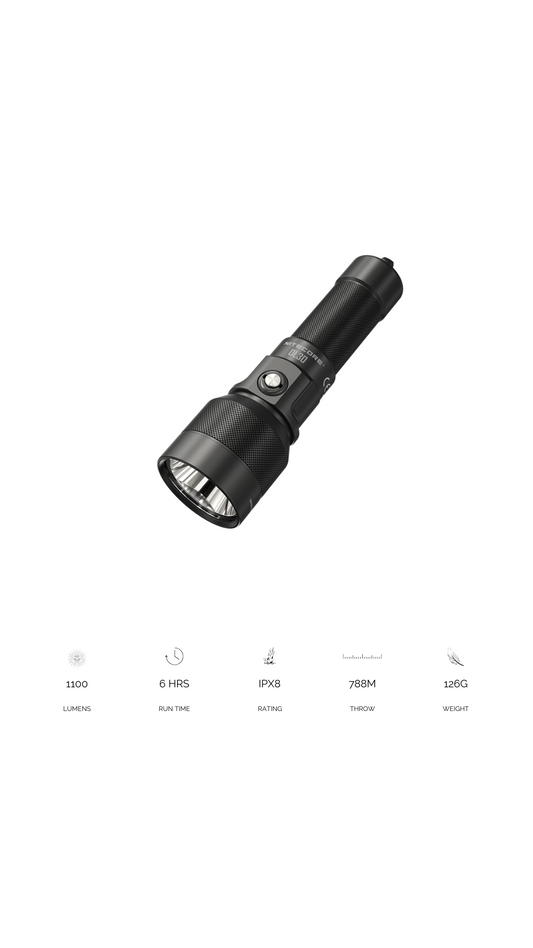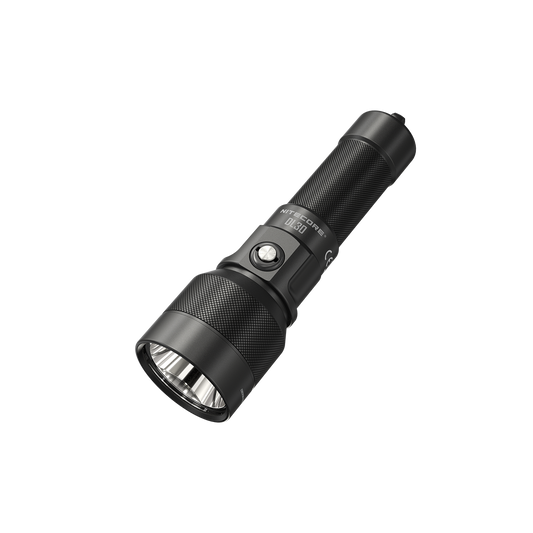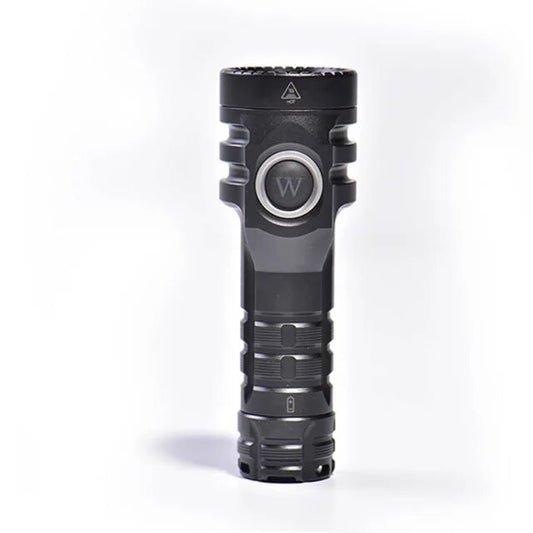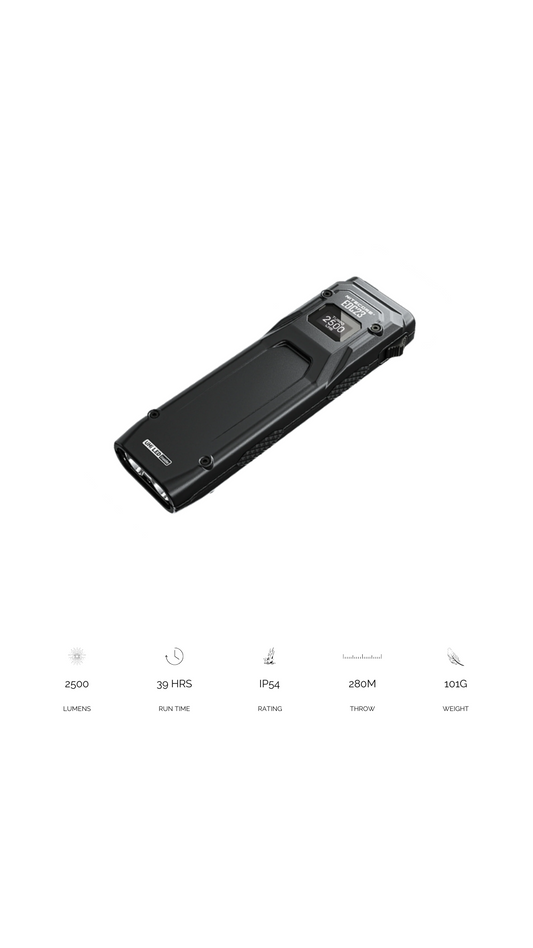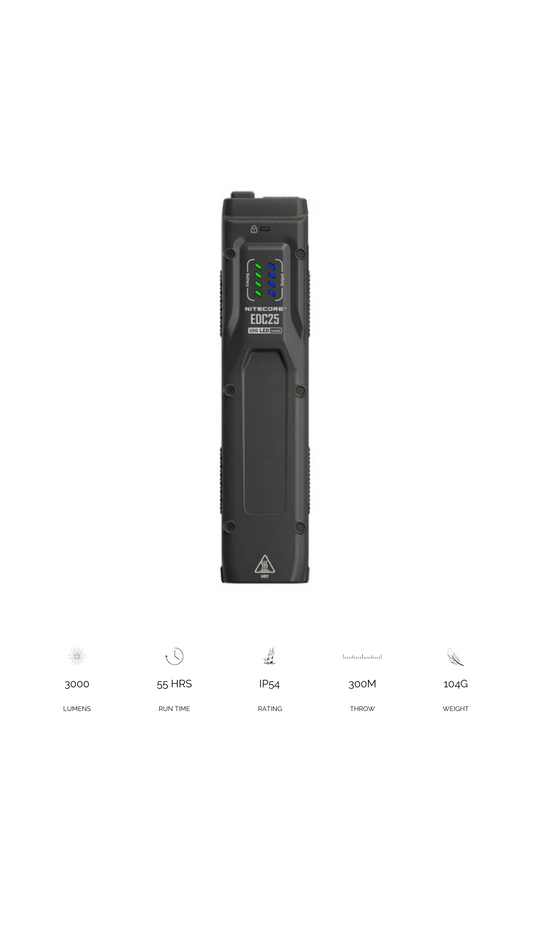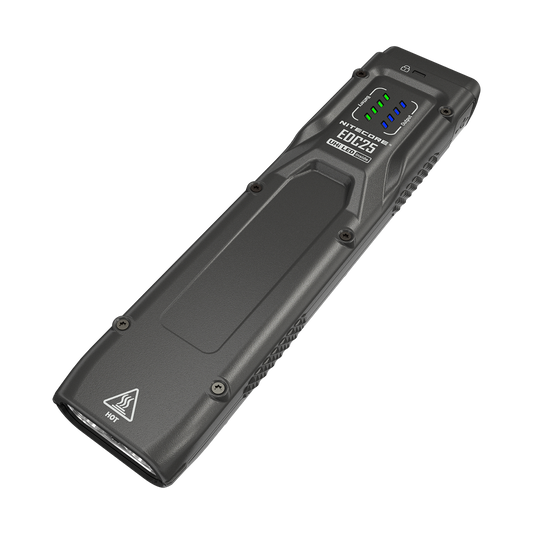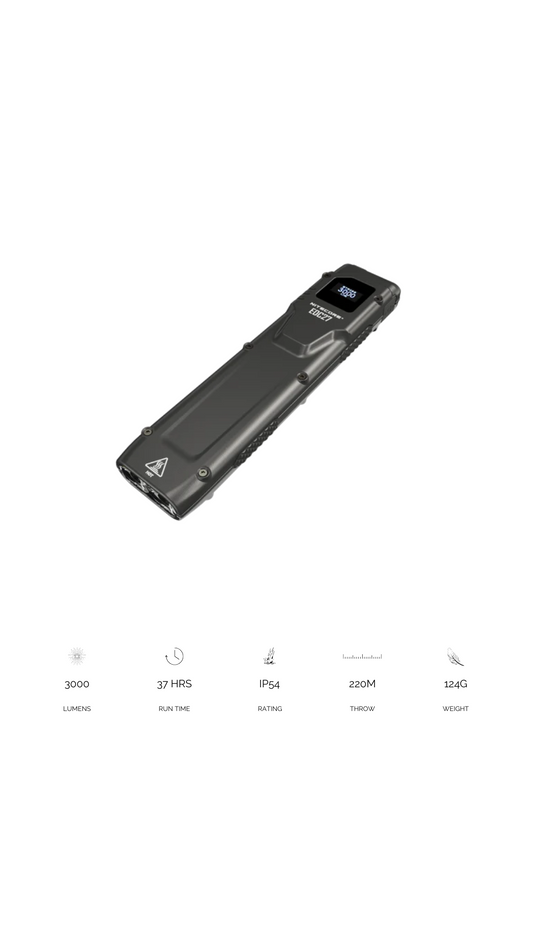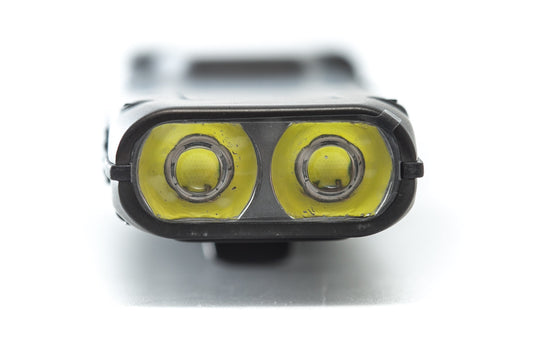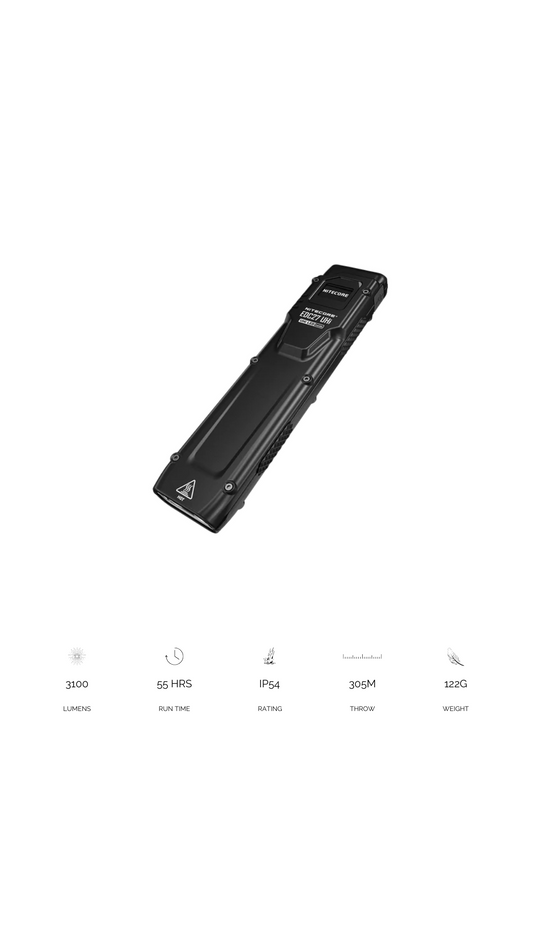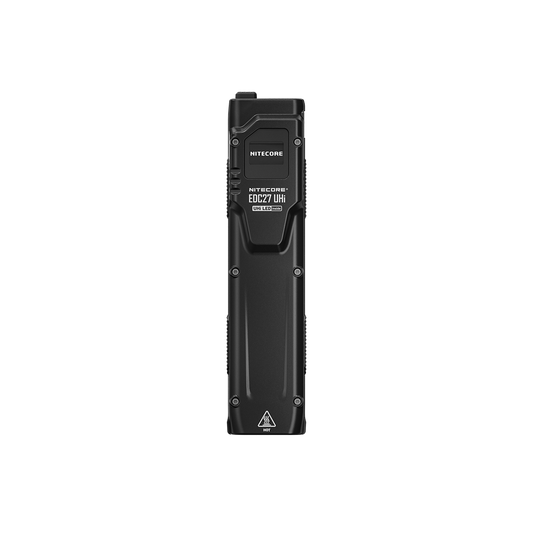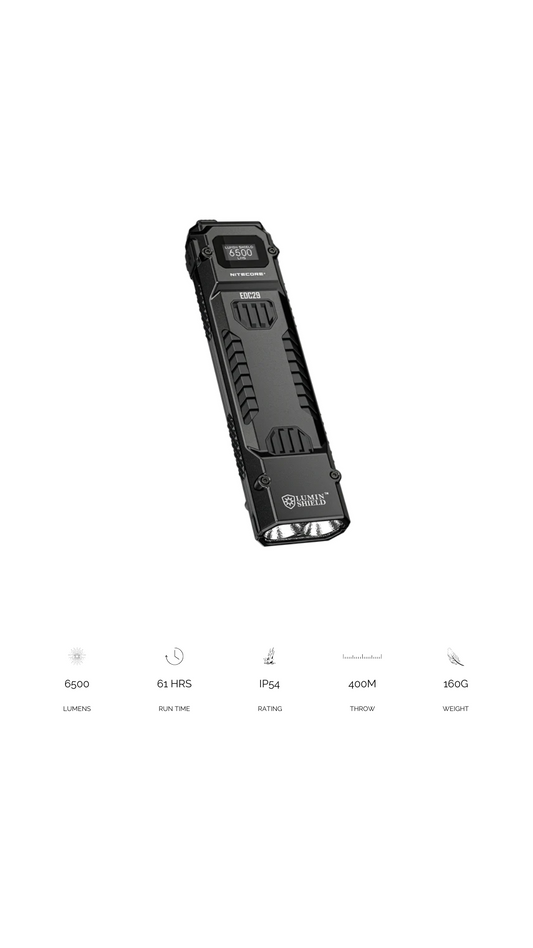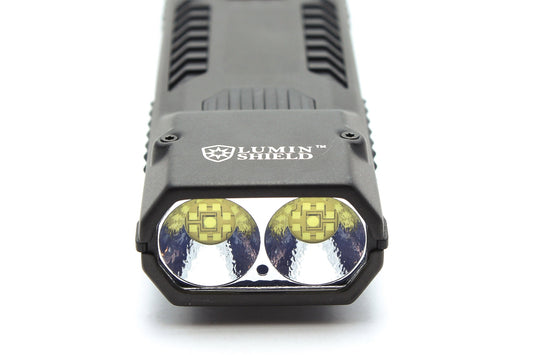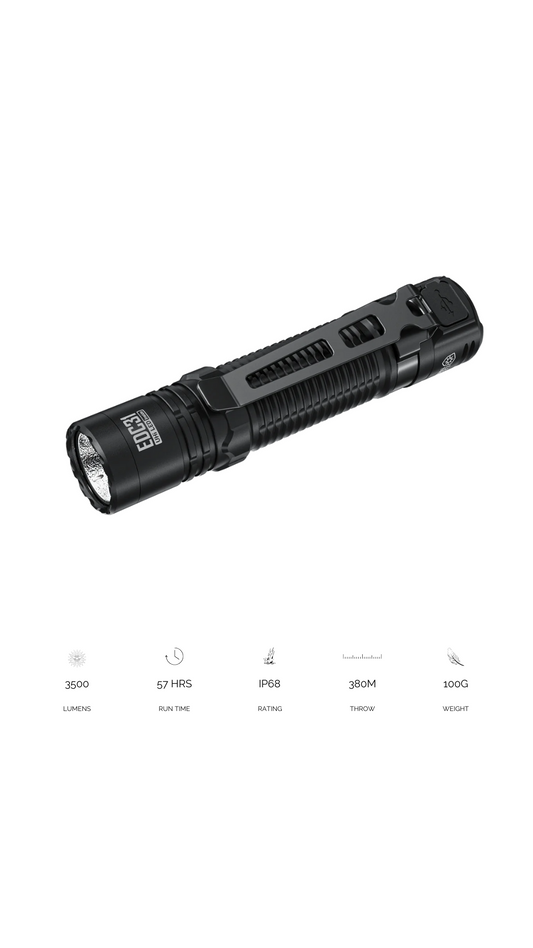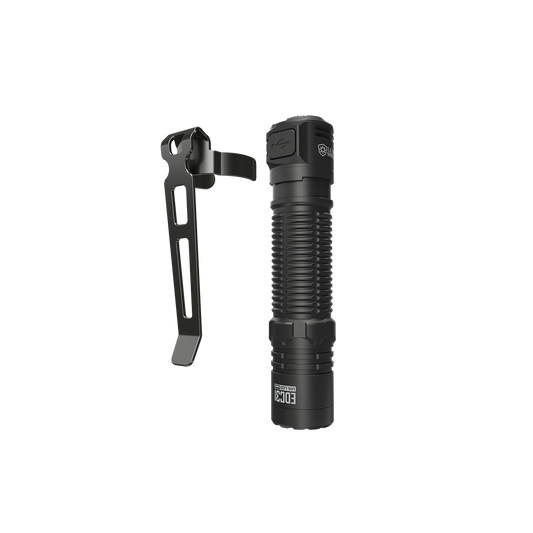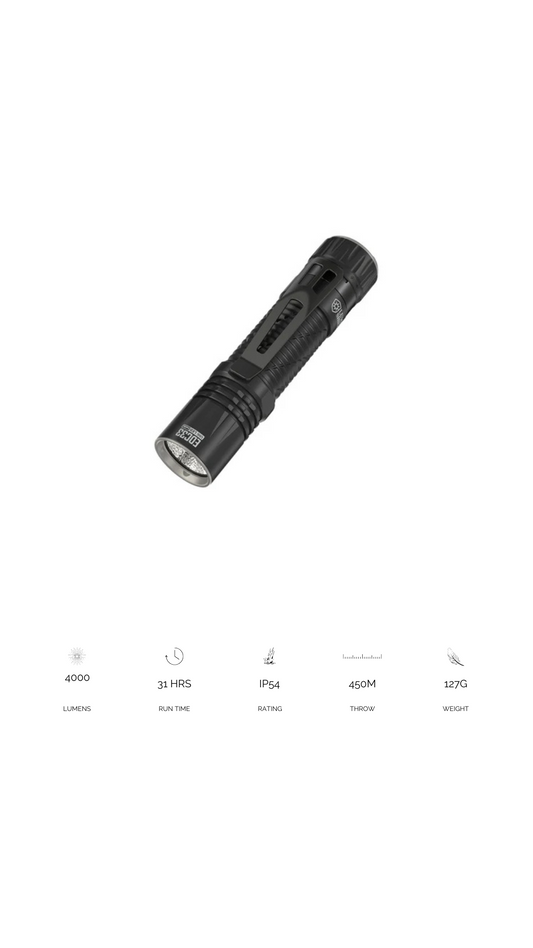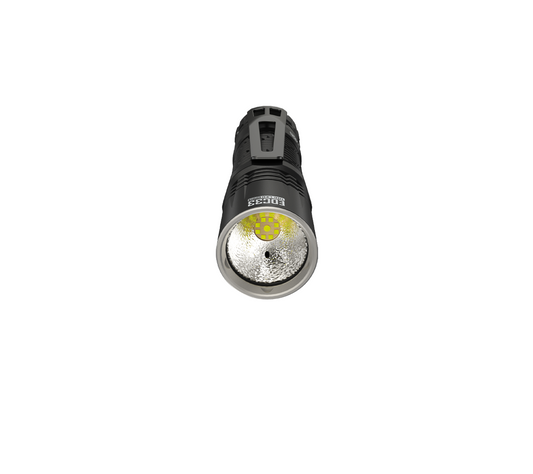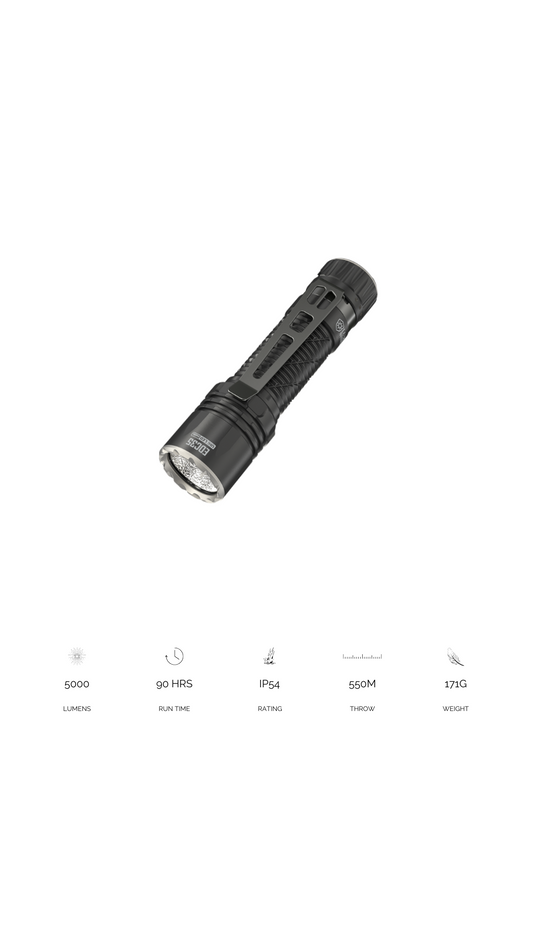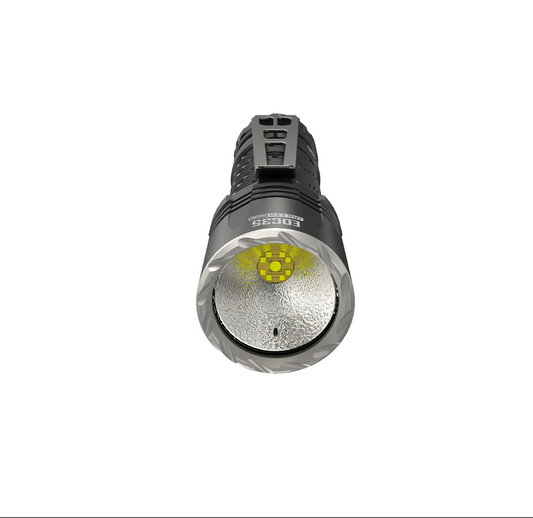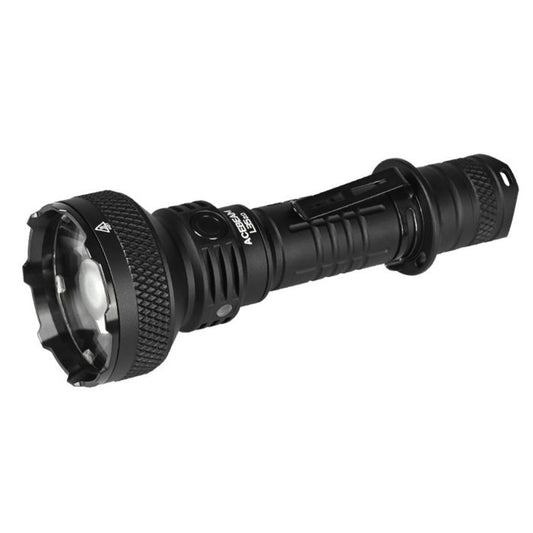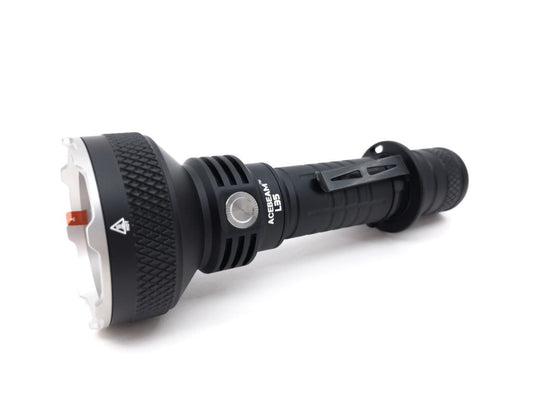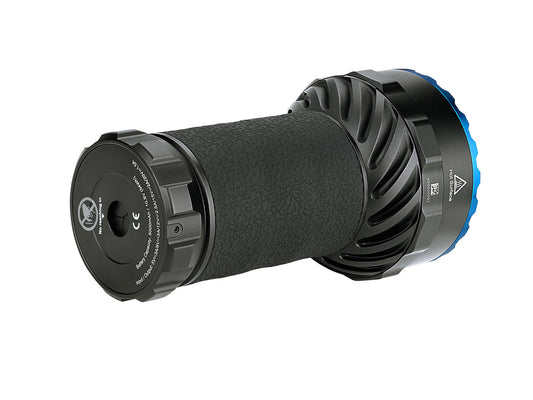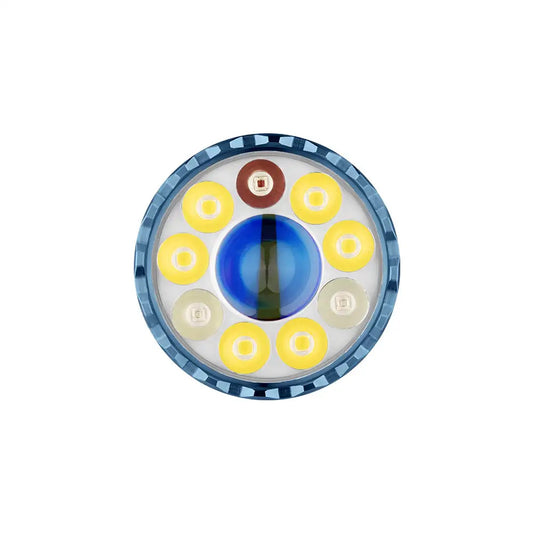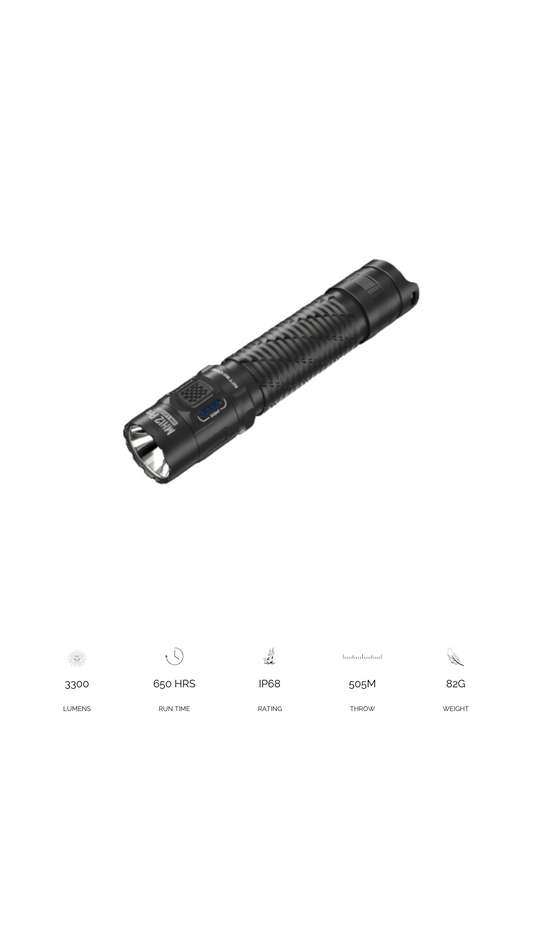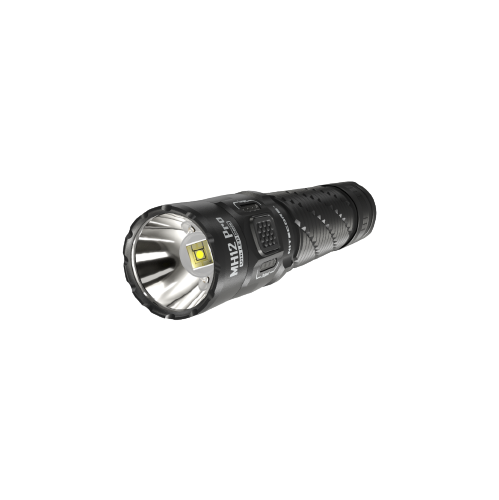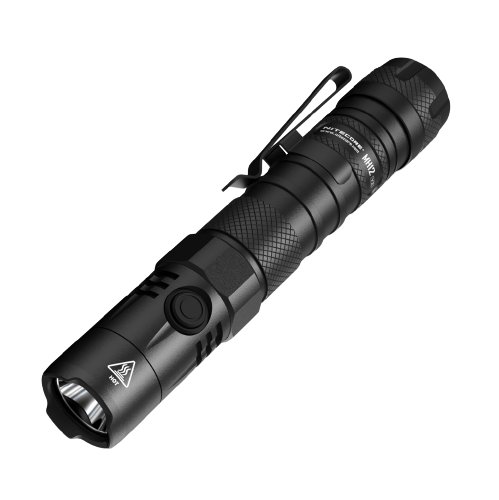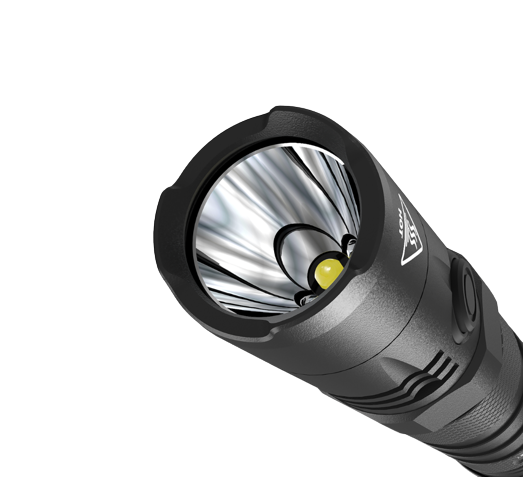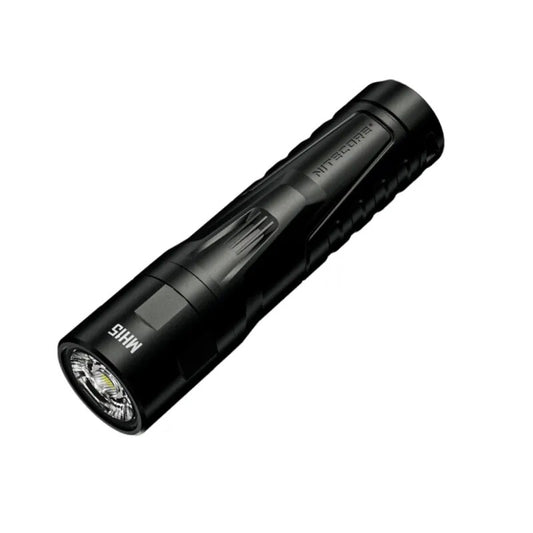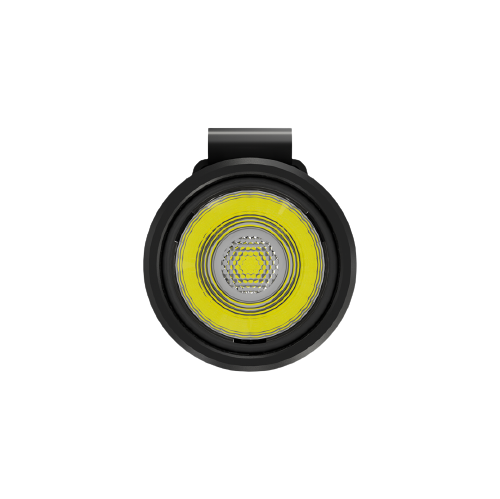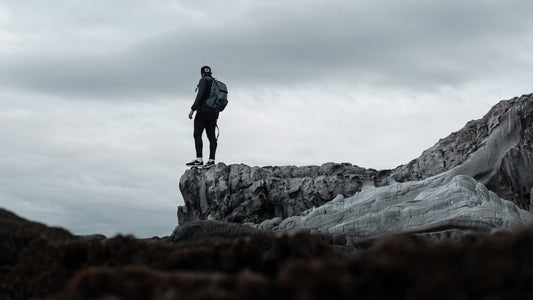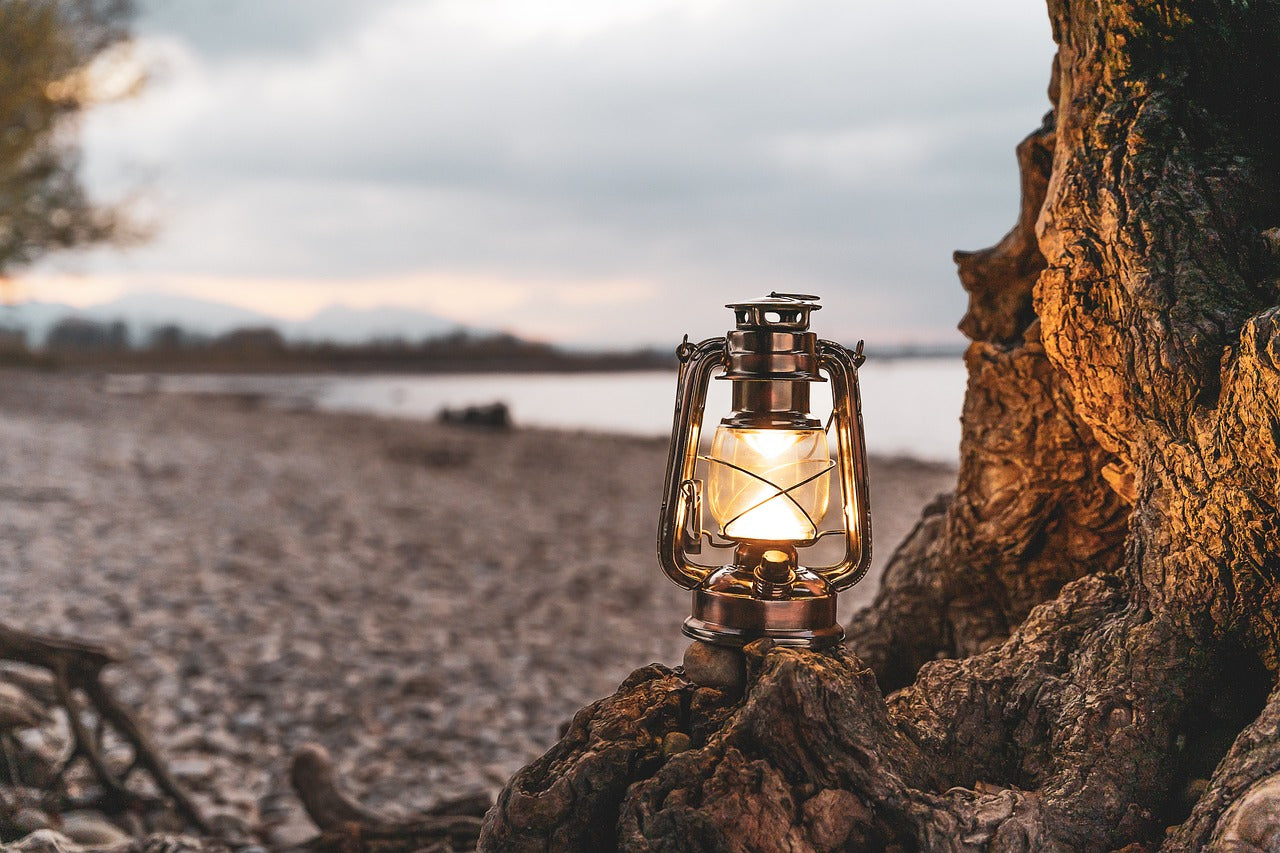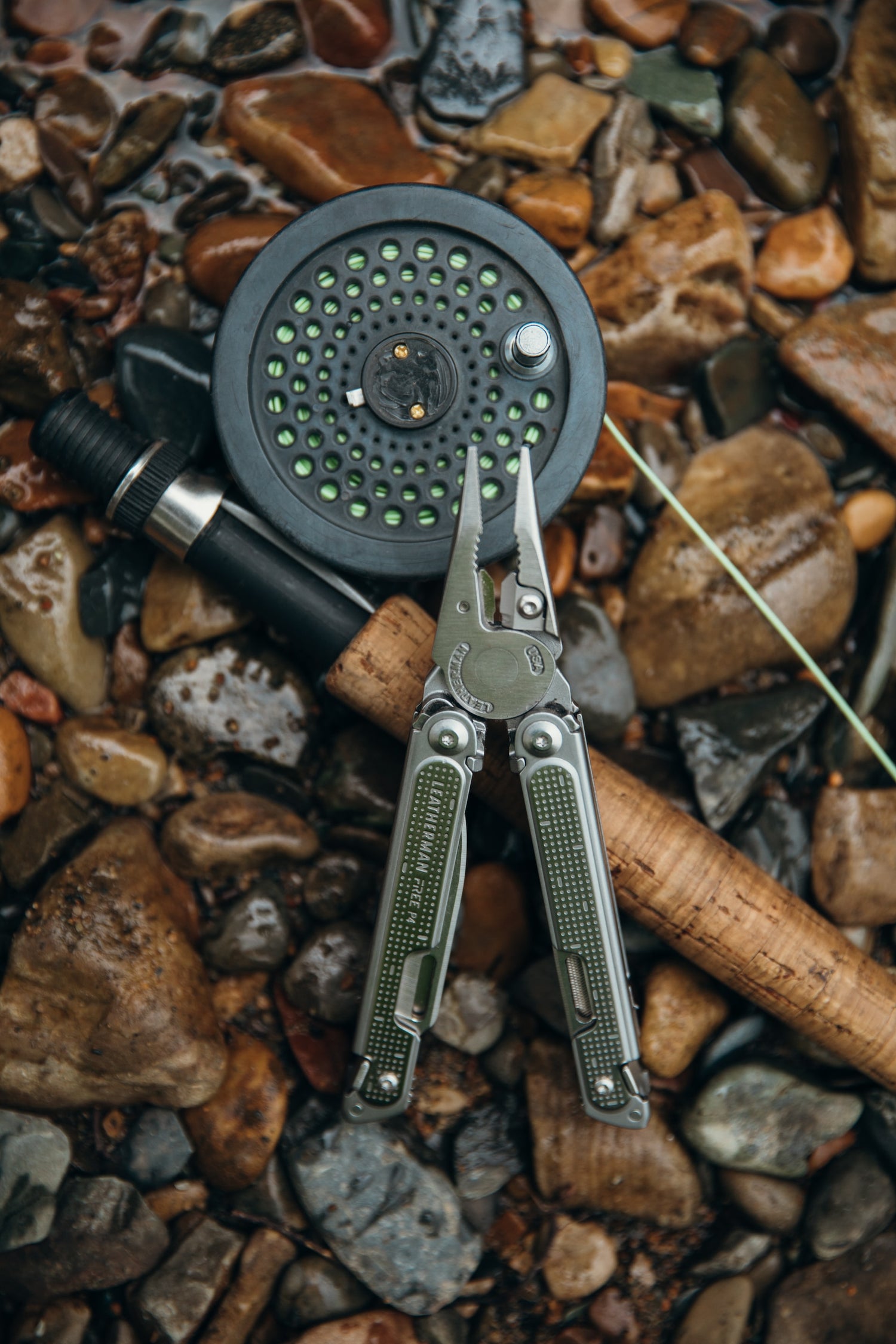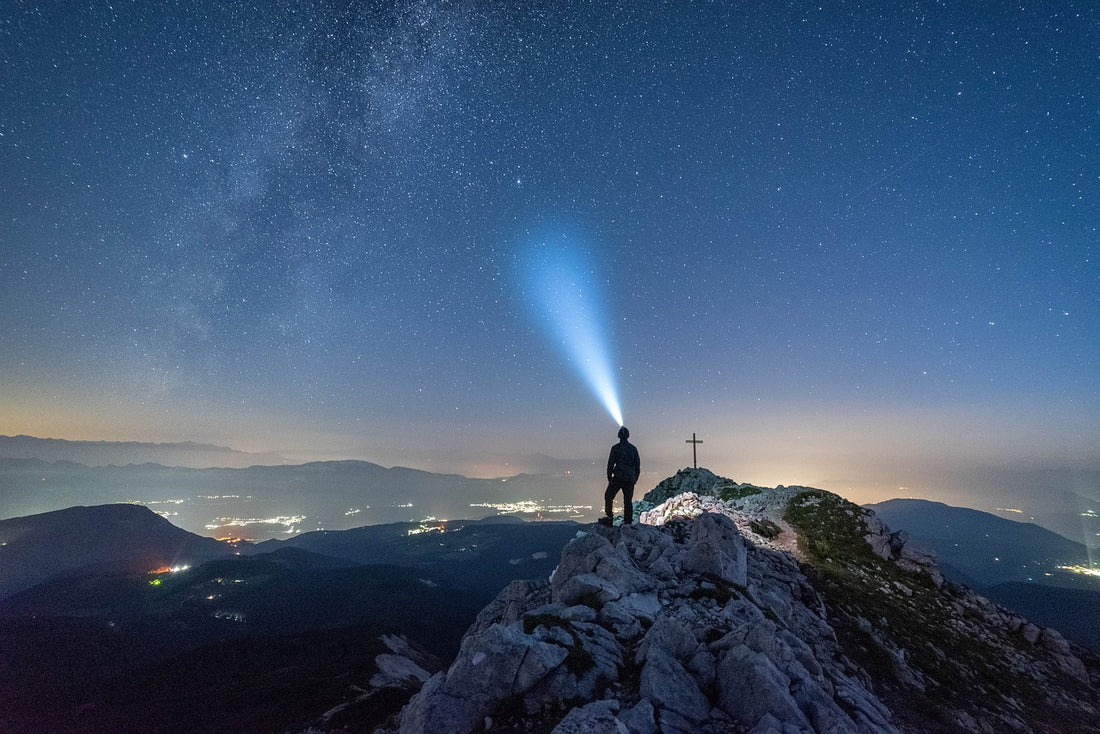
A quick and dirty guide to choosing the perfect EDC light for when the sun goes down. (Lumens)
When it comes to selecting the ideal light for your EDC needs, there are several critical factors to consider.
Finding the right light can significantly impact your activities. This quick and dirty guide will walk you through the essential points to assist you in making an informed decision.
Part 1: Let's Begin with Lumens and why it matters:
When it comes to selecting the perfect flashlight for your needs, one key factor to consider is its adjustable brightness capability, often quantified in lumens. The advantage of having a flashlight with a versatile range of brightness settings cannot be understated, as it empowers you to strike the ideal balance between luminous power and battery longevity, tailoring your lighting experience precisely to the demands of the moment.
While the allure of a flashlight that can transform darkness into daylight with a simple press of a button is undeniable, it's crucial to recognize that sustaining such high levels of brightness over extended periods requires substantial power. This can result in flashlights becoming unwieldy, heavy, and necessitating connection to external battery packs, thereby diminishing their practicality. Unless, of course, your intention is to acquire a formidable floodlight designed for specific applications rather than everyday carry (EDC) purposes.
Delving further, it becomes apparent that your choice of flashlight should also align with the intricacies of human vision. Our eyes are equipped with two distinct types of light-sensitive cells, known as cones and rods. Cones are primarily responsible for facilitating color vision, whereas rods excel in perceiving black and white imagery, particularly in low-light scenarios. In the daytime, our visual needs prioritize discerning intricate details that enable us to navigate our environment. However, during nighttime hours, our foremost requirement shifts toward detecting potential threats and movements in our surroundings.
Rods play a crucial role in detecting motion when light is scarce, and interestingly, they are strategically positioned at the outer edges of our visual field. On the other hand, cones are concentrated in the central portion of our vision. This anatomical arrangement grants us the ability to perceive motion occurring at the periphery of our visual range during nocturnal hours. A technique akin to this natural phenomenon is employed by astronomers, known as averted vision, wherein they gaze slightly to the side to enhance the visibility of faint celestial objects through telescopic eyepieces, particularly in settings of minimal light.
Night vision hinges on the presence of a chemical compound called rhodopsin, which takes anywhere from 20 to 40 minutes to generate within our eyes in response to dim lighting conditions. Interestingly, exposure to intense light accelerates the degradation of rhodopsin, underscoring the rationale behind using red illumination to preserve optimal night vision.
An intriguing facet of light lies in its potential as a non-lethal weapon. Security personnel often employ blinding flashes of light to disorient and distract potential threats. However, in the context of personal use during nighttime, an excessively bright flashlight can inadvertently undermine your night vision. This outcome could prove detrimental, particularly in situations demanding heightened situational awareness, such as emergencies or self-defense scenarios. The intensity of the light could potentially obscure crucial environmental cues or allow threats to bypass your awareness. Furthermore, the brilliance of a bright light might inadvertently reveal your position, a concern that becomes paramount in tactical situations.
Thus, it becomes evident that prudent consideration of your intended use case is of paramount importance when embarking on the quest for the perfect flashlight. By selecting a flashlight tailored to your specific requirements, you can effectively negate the need to carry multiple light sources, thereby streamlining your gear and enhancing your overall outdoor experience.
Check out our next blog post for more quick and dirty guide to choosing the best EDC flashlight for your needs.


